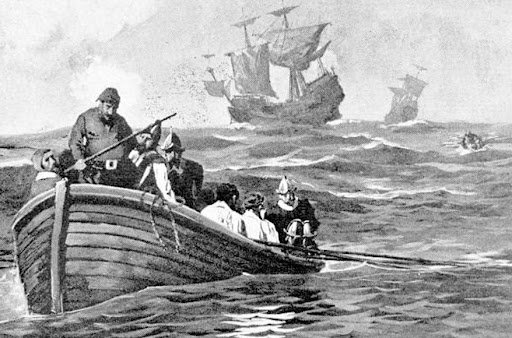
Tampa Bay, FL – June 13, 1528 – Spanish explorer Pánfilo de Narváez made landfall today on Florida’s west coast, near what is now the Tampa Bay area, marking one of the earliest European encounters in the region’s history.
Arriving with a fleet of ships and over 400 men, Narváez’s mission was to explore and claim new territory for Spain. The landing site is believed to be near present-day St. Petersburg. Native tribes, including the Tocobaga, were among the first to meet the explorers—encounters that quickly turned tense.

Shortly after arrival, Narváez made the fateful decision to divide his expedition, sending the ships north along the coast while leading a land march inland in search of wealth and gold. The journey, however, would spiral into one of the most disastrous expeditions in New World history, plagued by disease, starvation, and battles with indigenous peoples.
Though ultimately unsuccessful, Narváez’s 1528 expedition represents a pivotal chapter in early Florida history and the beginning of centuries of European impact on the native cultures of the Gulf Coast.

